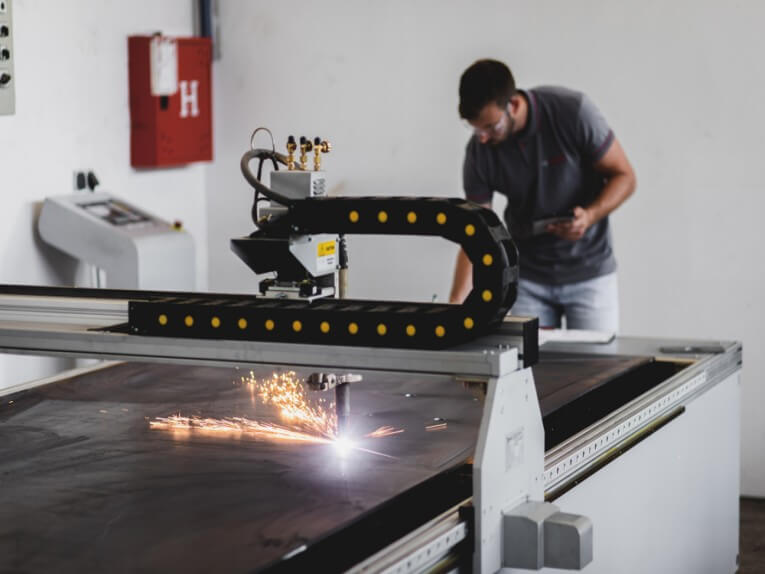Definition, Design and Configurations for Linear Positioning System.
Cartesian Robot Definition
A Cartesian Robot or a cartesian coordinate robot (also known as a linear robot) is an industrial robot with three primary control axes that are all linear (meaning that they travel along a straight line rather than rotating) and mutually perpendicular to one another. The 3- sliding joints allow you to move your wrist up-down, in-and-out, and back-forth. In 3D-space, it is incredibly dependable and precise. It’s also useful for horizontal movement and piling bins as a robot coordinate system.
Cartesian Robot Design & Configurations
To understand the design mechanism of a Cartesian Robot, one of the first things that need to be understood is the concept of Joint Topology. A moving target is bound to a base of serial manipulators by a continuous chain of links and joints. The moving target is connected to the bottom of parallel manipulators by several chains (limbs). The majority of Cartesian coordinate robots use a mix of serial and parallel related linkages. Any Cartesian coordinate robots, on the other hand, are totally parallel-connected.
Next comes into the picture is the degree of freedom. Cartesian coordinate robots commonly manipulate structures with only linear translation T degrees of freedom since linear working prismatic P joints operate them. On the other hand, few Cartesian coordinate robots have rotational R degrees of freedom as well.
The layout of the axes is one of the first things to determine when constructing a Cartesian robot, not only to accomplish the necessary motions but also to ensure the device has adequate rigidity, which can affect load-carrying capability, travel precision, and positioning accuracy.
Some applications that need Cartesian coordinate movement are well assisted by a gantry robot than by a Cartesian method, mainly if the Y-axis involves a longstroke or if the Cartesian procedure will place a substantial moments at axes. A gantry device with Dual-X or dual-Y axes can be needed to avoid unnecessary deflection or vibration in these situations.
A linear level, consisting of a linear actuator geometrically parallel with linear bearings, is usually used for each axis of a Cartesian coordinate robot and the linear actuator is usually mounted between 2 linear bearing that are set apart to back moment load. An XY table is made up of two perpendicular linear stages stacked on top of each other.
Post time: Jan-09-2023








